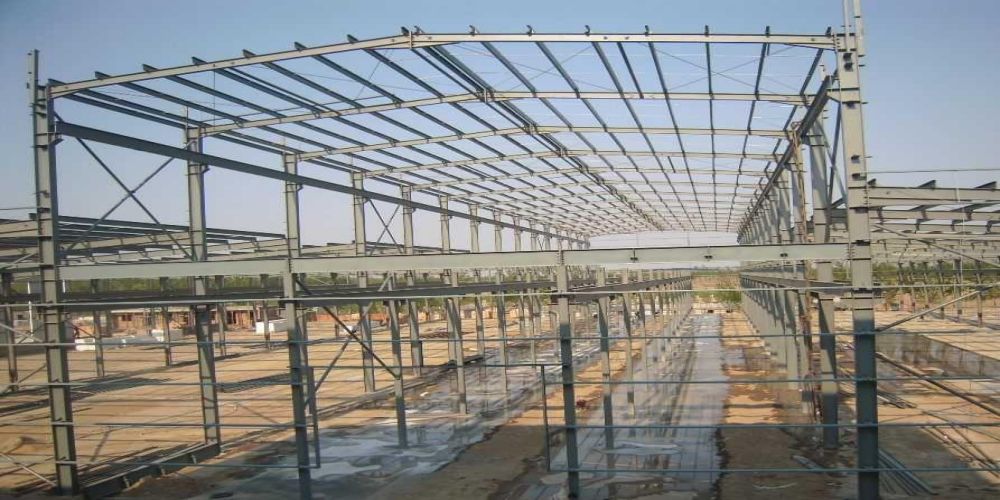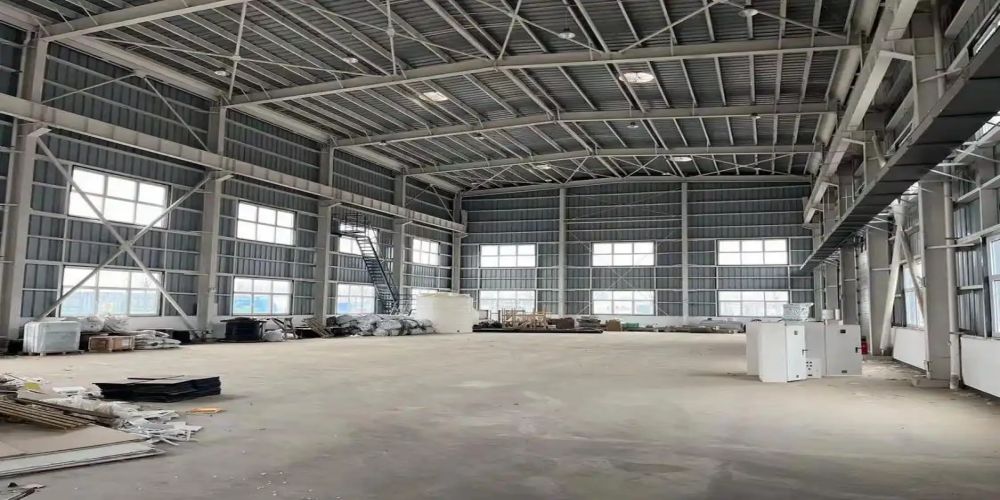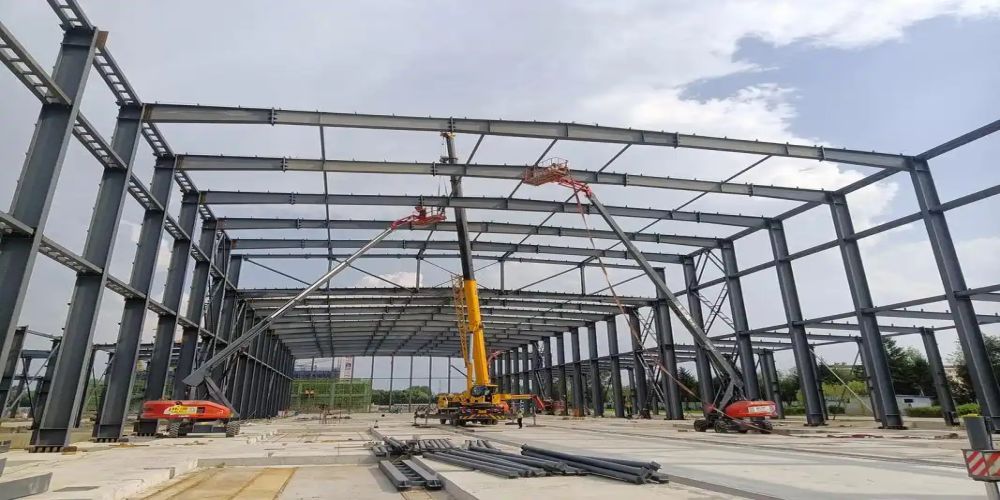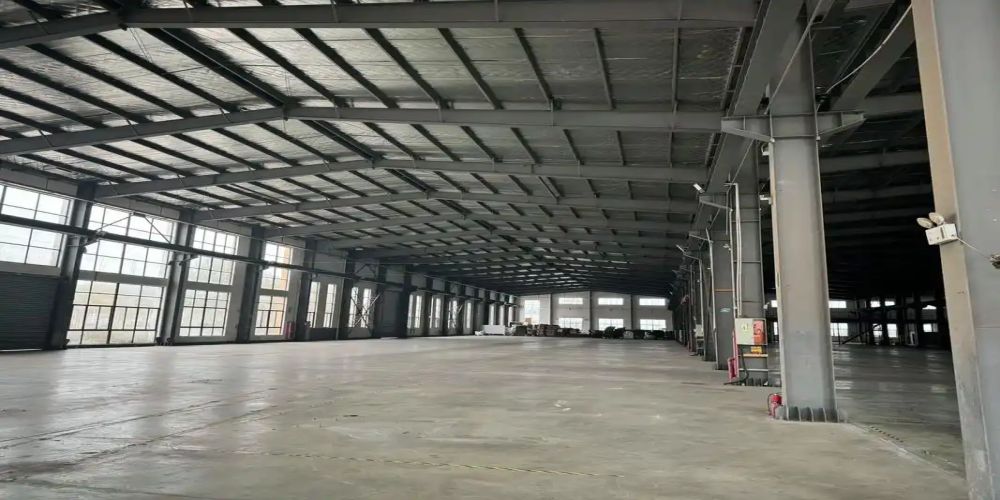The following two situations can occur in the load carrying capacity limit state of a steel structure: 1. loss of equilibrium of the whole structure or a part of it as a rigid body (e.g. tilting); 2. loss of stability of the structure or members (e.g. buckling, etc.) What are the characteristics of each of these two situations?
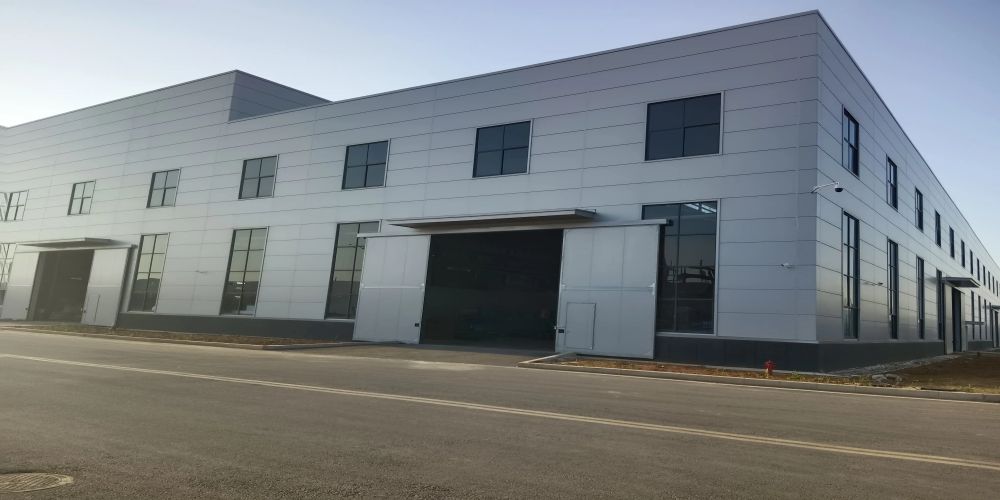
The former is out of balance as a rigid body, and neither the strength nor the stiffness of the structure or member itself has reached its limit, nor is it a matter of deformation.As a simple example, it is like the instability of the centre of gravity.The latter flexural instability, we usually discuss the most stability problems: such as the steel structure of the compression members, in the actual stress process, the line of action of the force is difficult to coincide with the cross-section of the centre of gravity, so that in the members on the addition of a secondary bending moment, under the action of which the members often do not reach the ultimate strength, the loss of the load-bearing capacity; for the structure, the pressure manifests itself as a kind of negative stiffness, which enables the structuralLateral stiffness is gradually reduced until it disappears, at which time the structure becomes unstable.When this kind of instability occurs, it is accompanied by sudden displacement or deformation, or in the case of the load is unchanged, the deformation increases sharply, and then the ability of the structure or member to resist instability is closely related to its stiffness.

